Colombia has rapidly emerged as one of Latin America's most dependable nearshore destinations for software development. With consistent government support, a maturing tech ecosystem, and a deep pool of bilingual, technically skilled professionals, the country offers a compelling mix of affordability, quality, and proximity. For companies looking to scale their software development capabilities while maintaining close collaboration and high delivery standards, Colombia presents a strategic and sustainable choice.
Public Policy and Local Talent Powering the Nearshore Advantage
Colombia's digital transformation is built on more than just momentum. Government initiatives such as Colombia 4.0 and initiatives from the Ministry of Information and Communication Technologies (MinTIC) have laid the foundation for a thriving tech sector. These efforts are visible in cities across the country:
Bogotá, the capital and largest urban center, has become a robust hub for enterprise software and cloud-based services. Medellín, once known for its industrial roots, has rebranded itself as a beacon of smart city innovation and digital startups. Cities like Barranquilla and Cali, while smaller, are rapidly expanding their developer ecosystems, offering cost-efficient operations with increasing technical depth.
These urban centers operate in the UTC-5 time zone, which aligns with U.S. Eastern and Central time zones. This alignment facilitates real-time communication and tight integration across agile software delivery cycles. Such time zone compatibility significantly improves productivity and responsiveness in distributed team environments.
Technically Proficient Developers Aligned with Global Standards
Colombian developers have gained international recognition for their technical capability, adaptability, and professionalism. Their core skill sets span a wide range of modern software stacks:
- Frontend frameworks like React, Angular, and Vue.js
- Backend technologies including Node.js, Python, and Java
- Mobile development for Android, iOS, and cross-platform solutions using React Native
- Cloud platforms such as AWS, Azure, and Google Cloud Platform (GCP)
- DevOps tools including Docker, Kubernetes, Jenkins, and Terraform
Many engineers have hands-on experience working with U.S.-based clients. They are well-versed in international delivery standards, iterative product development cycles, and tools like Jira, GitHub, Slack, and Confluence. This readiness streamlines integration with global teams and helps accelerate project velocity.
Reliable Delivery at a Sustainable Cost
Colombia’s software development industry delivers a strong value proposition. Compensation for experienced engineers is significantly lower than in the U.S., while maintaining high standards of technical expertise and delivery quality. This cost structure enables companies to build full-stack teams capable of managing complex product requirements efficiently.
According to data from the International Trade Administration and research from Harvard Business Review, Colombia's IT services sector has earned a reputation for being dependable, culturally compatible with North American partners, and responsive to dynamic business needs. These strengths have made Colombia a favored location for long-term nearshore collaborations.
Strong Education System and English Proficiency
Top-tier institutions such as Universidad de los Andes, EAFIT, and Pontificia Universidad Javeriana produce thousands of engineering and computer science graduates every year. These universities emphasize practical engineering education, collaborative problem-solving, and communication skills in English. Their programs are tailored to meet the demands of international employers and fast-paced software development environments.
Colombia consistently ranks among the top Latin American countries in the EF English Proficiency Index, with cities like Bogotá and Medellín achieving "high proficiency" ratings. This linguistic competence significantly reduces communication friction and enables smooth onboarding and collaboration with North American teams.
Government Investment Creating Long-Term Opportunities
Through investments like the Colombia 4.0 conference, the national government has doubled down on training programs, startup accelerators, and ICT policy reforms to support the tech workforce. MinTIC continues to play a pivotal role by launching initiatives to expand broadband access, promote digital literacy, and strengthen cybersecurity capabilities.
By creating incentives for professional development and technology adoption, Colombia has positioned itself as a long-term player in the global software delivery landscape. As noted by Forbes, this strategic evolution reflects a broader trend where Latin American countries are stepping in to fill critical roles in the digital supply chain, offering both cost-efficiency and operational alignment.
Why U.S. Companies Are Turning to Colombia
For technology leaders and business executives seeking nearshore partners, Colombia offers a compelling blend of capabilities and conditions:
- Active government support through digital training and technology-focused initiatives
- A growing, English-proficient pool of developers skilled in modern programming languages and cloud technologies
- Real-time workday overlap with U.S. time zones that enhances agile project delivery
- A proven track record of reliability, scalability, and cultural alignment with North American business practices
As the demand for high-quality, nearshore software development continues to grow, Colombia stands out not only for its cost-effectiveness but also for its alignment with the goals of U.S. and global enterprises. It is a country ready to meet complex technical challenges, deliver consistent value, and build long-term partnerships in the digital economy.








